Chemical Engineering Journal ( IF 13.3 ) Pub Date : 2021-01-09 , DOI: 10.1016/j.cej.2021.128456
Xueyao Wang , Guizhou Xu , Yizhou Tu , Daishe Wu , Aimin Li , Xianchuan Xie
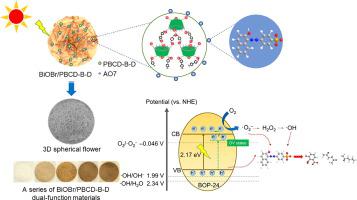
|
The fabrication of a dual-function material is an effective strategy to promote the degradation of pollutants through the synergy of adsorption and photocatalysis. Herein, we introduce an amphiphilic hyper-crosslinked porous cyclodextrin polymer (PBCD-B-D) into bismuth oxide bromide (BiOBr) via a one-pot solvothermal method to construct three-dimensional (3D) spherical flower-shaped BiOBr/PBCD-B-D (BOP) composites for removing the organic dye Acid Orange 7 (AO7). The prepared BiOBr composite loaded with 24% PBCD-B-D (BOP-24) displayed an optimal adsorption–photocatalytic effect. Under different concentration gradients, the pseudo first-order reaction rate constant of BOP-24 was 2–5 times that of BiOBr after visible-light irradiation. The unique cavity structure of PBCD-B-D resulted in a strong inclusion ability, which could concentrate organic pollutants and shorten the mass transfer distance. The introduction of PBCD-B-D to BiOBr led to an increase in the specific surface area and pore volume, which not only provided a large number of adsorption sites and active centers but also produced oxygen vacancies to improve charge separation. In addition, a possible degradation pathway was proposed for AO7 based on 3D excitation-emission matrix fluorescence spectra and analysis by liquid chromatography-mass spectrometry. This work combines the advantages of both adsorption and photocatalytic technologies for environmental remediation, and opens an avenue for dual-function high-surface-area adsorbent/photocatalysts via a one-pot in situ method.
中文翻译:

具有氧空位的BiOBr / PBCD-BD双功能催化剂可去除酸性橙7:吸附-光催化性能和协同机理的评估
双功能材料的制造是通过吸附和光催化的协同作用促进污染物降解的有效策略。在这里,我们通过一锅溶剂热法将两亲性超交联的多孔环糊精聚合物(PBCD-BD)引入到溴化铋(BiOBr)中,以构建三维(3D)球形花状BiOBr / PBCD-BD(BOP) )去除有机染料酸性橙7(AO7)的复合材料。负载了24%PBCD-BD(BOP-24)的BiOBr复合材料表现出最佳的吸附-光催化效果。在不同的浓度梯度下,可见光照射后,BOP-24的拟一级反应速率常数是BiOBr的2-5倍。PBCD-BD的独特腔结构导致强大的包容能力,可以浓缩有机污染物,缩短传质距离。将PBCD-BD引入BiOBr导致比表面积和孔体积的增加,这不仅提供了大量的吸附位点和活性中心,还产生了氧空位以改善电荷分离。此外,基于3D激发-发射矩阵荧光光谱和液相色谱-质谱分析,提出了AO7可能的降解途径。这项工作结合了吸附和光催化技术在环境修复方面的优势,并通过一锅法原位开辟了双功能高表面积吸附剂/光催化剂的途径。将PBCD-BD引入BiOBr导致比表面积和孔体积的增加,这不仅提供了大量的吸附位点和活性中心,还产生了氧空位以改善电荷分离。此外,基于3D激发-发射矩阵荧光光谱和液相色谱-质谱分析,提出了AO7可能的降解途径。这项工作结合了吸附和光催化技术在环境修复方面的优势,并通过一锅法原位开辟了双功能高表面积吸附剂/光催化剂的途径。将PBCD-BD引入BiOBr导致比表面积和孔体积的增加,这不仅提供了大量的吸附位点和活性中心,还产生了氧空位以改善电荷分离。此外,基于3D激发-发射矩阵荧光光谱和液相色谱-质谱分析,提出了AO7可能的降解途径。这项工作结合了吸附和光催化技术在环境修复方面的优势,并通过一锅法原位开辟了双功能高表面积吸附剂/光催化剂的途径。基于3D激发-发射矩阵荧光光谱并通过液相色谱-质谱法分析,提出了可能的AO7降解途径。这项工作结合了吸附和光催化技术在环境修复方面的优势,并通过一锅法原位开辟了双功能高表面积吸附剂/光催化剂的途径。基于3D激发-发射矩阵荧光光谱并通过液相色谱-质谱法分析,提出了可能的AO7降解途径。这项工作结合了吸附和光催化技术在环境修复方面的优势,并通过一锅法原位开辟了双功能高表面积吸附剂/光催化剂的途径。


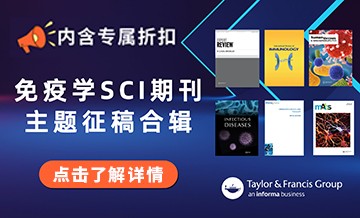


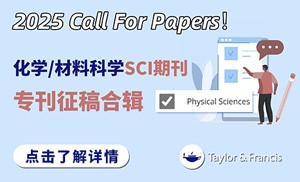
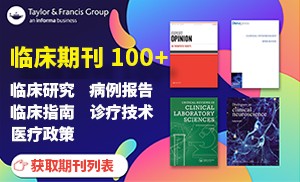



















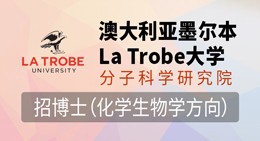




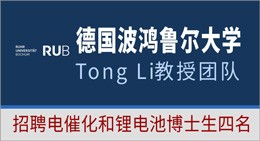







 京公网安备 11010802027423号
京公网安备 11010802027423号